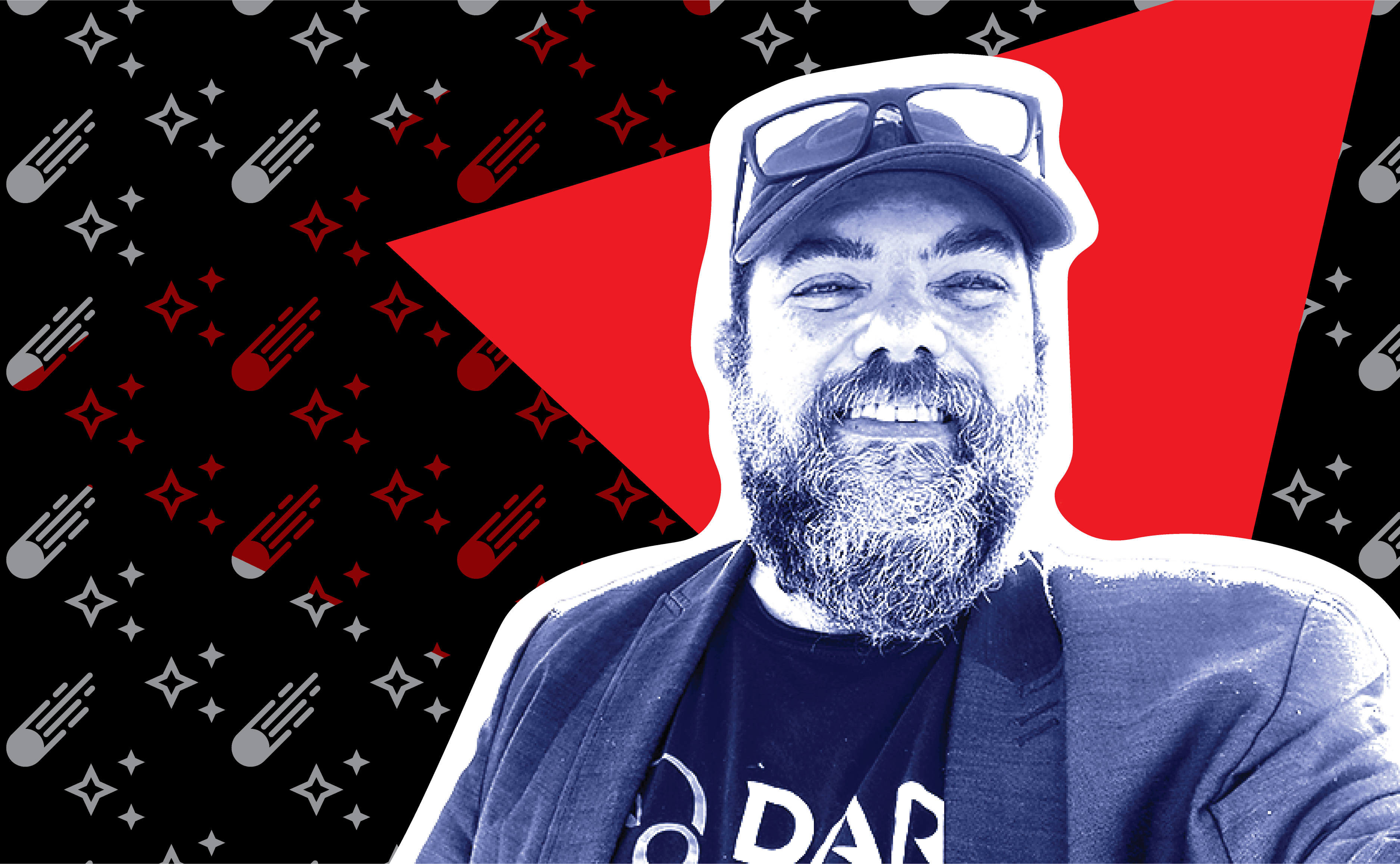Asteroid Whisperer
-
-
MIT Technology Review
Filed Under
Recommended

Andrew Rivkin ’91 has spent his career unpacking the mysteries of asteroids.
“One of the things I really like about studying asteroids is how little we know about them,” he says. “We can still get very basic and important information from telescopes—part of what drew me to the field was the prospect of spending time taking data under starry skies, and undergraduate research I did at the MIT Wallace Observatory reinforced that desire.”
Rivkin, who studied Earth, Atmospheric, and Planetary Sciences as an undergrad at MIT, is now a planetary astronomer at the Johns Hopkins University Applied Physics Laboratory. He is also a co-lead on the Double Asteroid Redirection Test (DART) investigation team, a Johns Hopkins–NASA joint mission to determine whether crashing a spacecraft into an asteroid on its way toward Earth might redirect it enough to avert a collision.
The team is actively testing the technique on the asteroid Didymos and its small moon Dimorphos. The DART probe launched on November 24, 2021, on a SpaceX Falcon 9, and the plan is to smash it into Dimorphos to see how the impact changes its orbit. Impact is expected on September 26, 2022. A success would be a change in orbit of 73 seconds, but Rivkin believes they may see a change of 10 minutes or even more.
“We’ve been observing Didymos for five years, to understand the state of the system before we change it forever, so we can tell [the difference between] what we did with DART versus what was naturally going to happen,” says Rivkin. “Once we get and interpret the results, we can apply them as needed. Or, hopefully, not needed.”
When he’s not working on a potentially life-on-Earth-saving mission, Rivkin studies how that life might have come about in the first place.
“There’s a lot of discussion ongoing that the water and organic materials we have on Earth were brought in via impacts with asteroids and comets,” he says. “So the study of where the water is in asteroids has a lot of bearing on that.”
Rivkin uses astronomical spectroscopy and spectrophotometry to determine the composition of asteroids in our solar system. This means he measures the spectra of electromagnetic radiation emanating from asteroids and comets to determine where such materials might be present.
What does it mean if we’re going to expand our economy into space? What are the ethics of that? How do we bring the best parts of humanity and not our worst parts?
This celestial dowsing could also help human life expand farther into the cosmos. To that end, Rivkin has done work with the Solar System Exploration Research Virtual Institute, which asks questions like: Could we use asteroid water as rocket propellant on deep space missions? If so, which asteroids are good pit-stop candidates?
But with great knowledge comes great responsibility, and Rivkin feels obligated to address the host of ethical considerations that come with space travel.
“What does it mean if we’re going to expand our economy into space? What are the ethics of that? How do we bring the best parts of humanity and not our worst parts?” he asks.
Thinking about the evolution and fate of human life in the universe can get heavy, so Rivkin turns to music when he needs a break. Playing drums in grade school led him to form a band with some friends during his time at MIT. Thirty years later, he still enjoys writing and playing music under the name “Andy Rivkin and his Gedankenband,” and his songs are available on popular streaming platforms.
“It’s a good mental-health break just to pick up a guitar,” he says. “Whenever I give advice to someone going away to college, I always say to keep doing your hobbies. Maybe in junior year, you’re like, ‘There’s no way I have time for this.’ But you’re going to be much happier 10 or 15 to 20 years down the line if you do.”
This article also appears in the May/June 2022 issue of MIT News magazine, published by MIT Technology Review.
Photo illustration (top): Gretchen Neff Lambert; images courtesy of Andrew Rivkin ’91 and public domain images.







